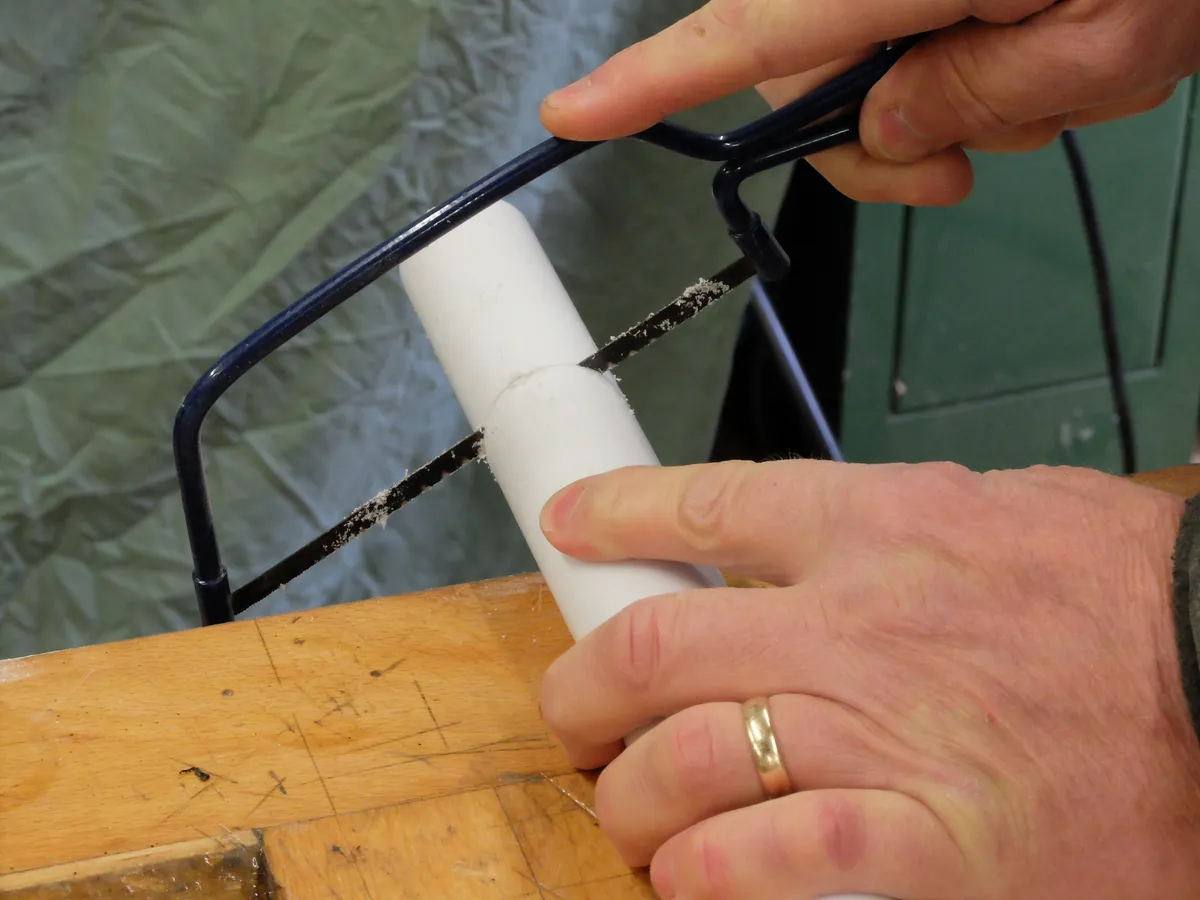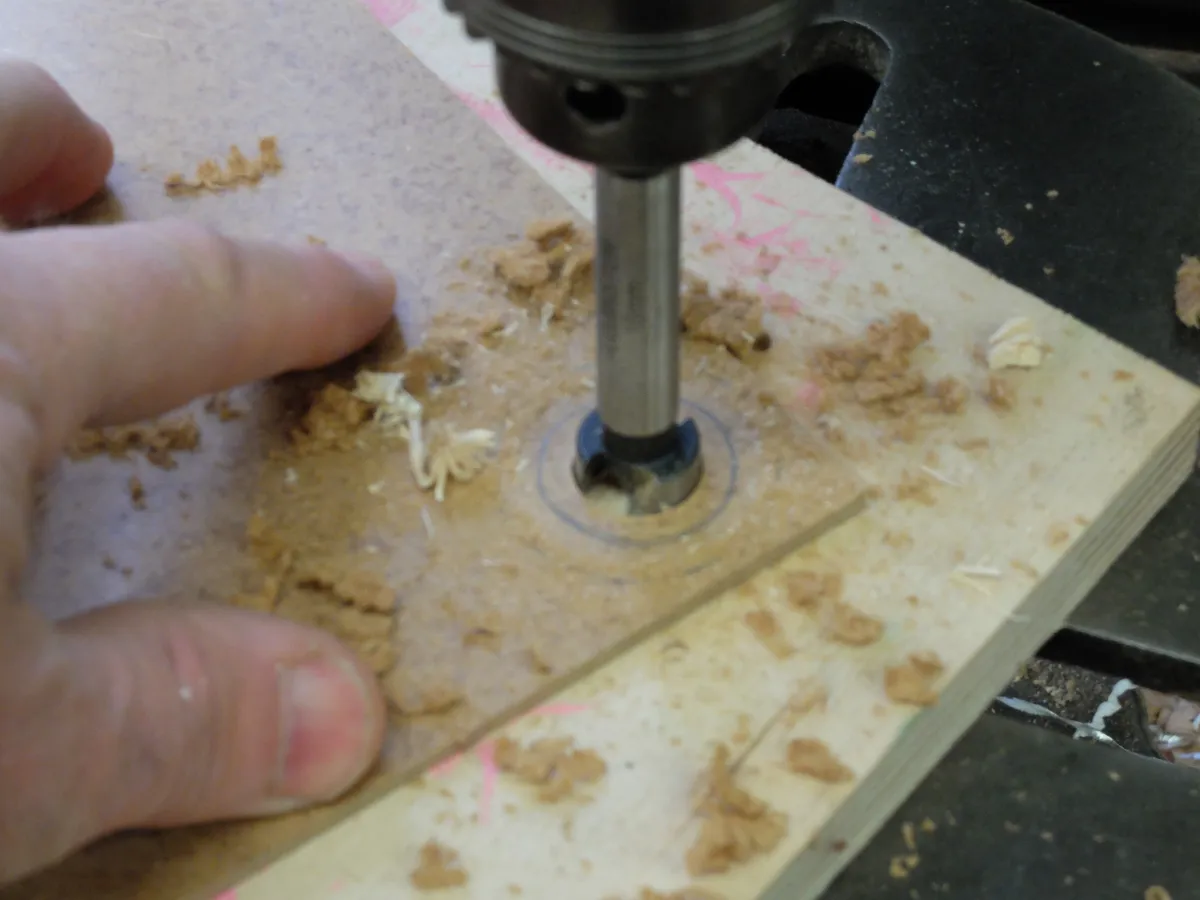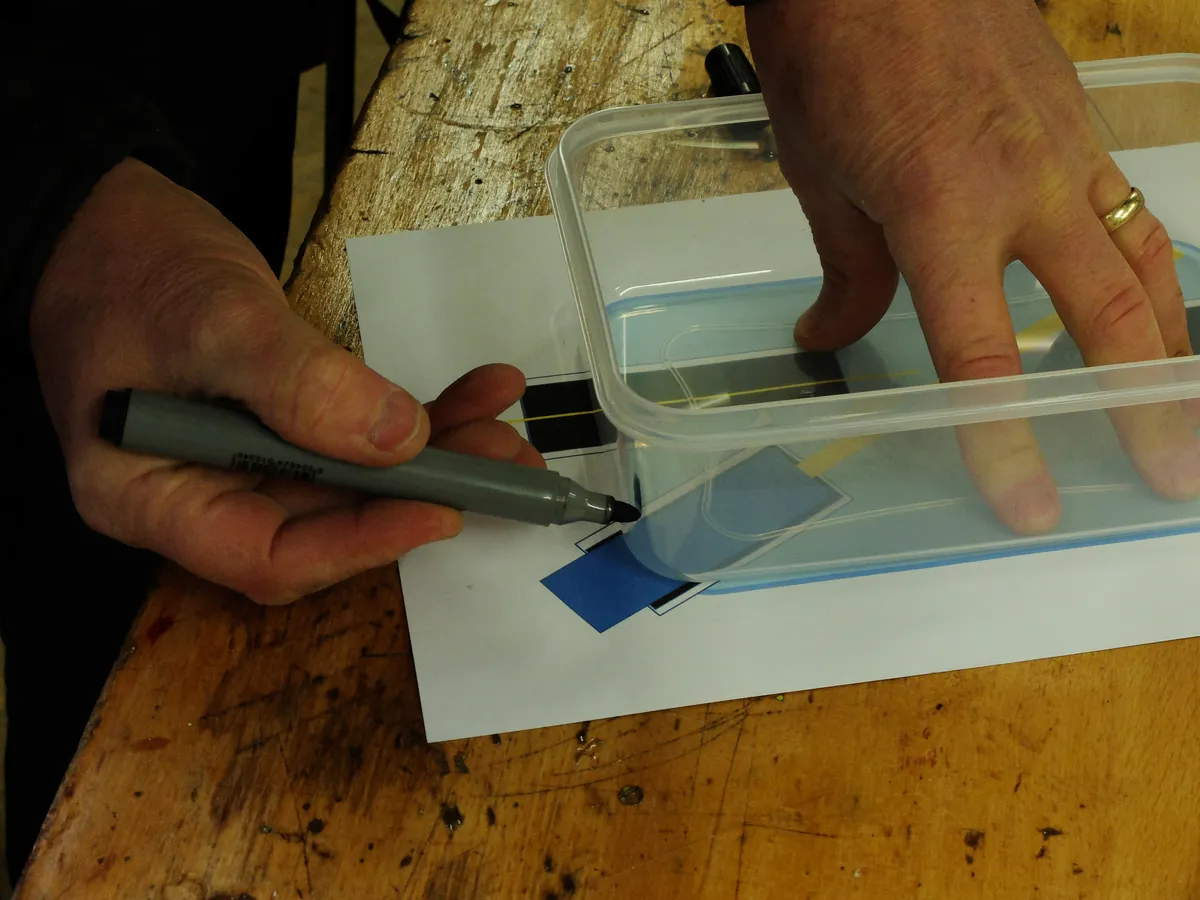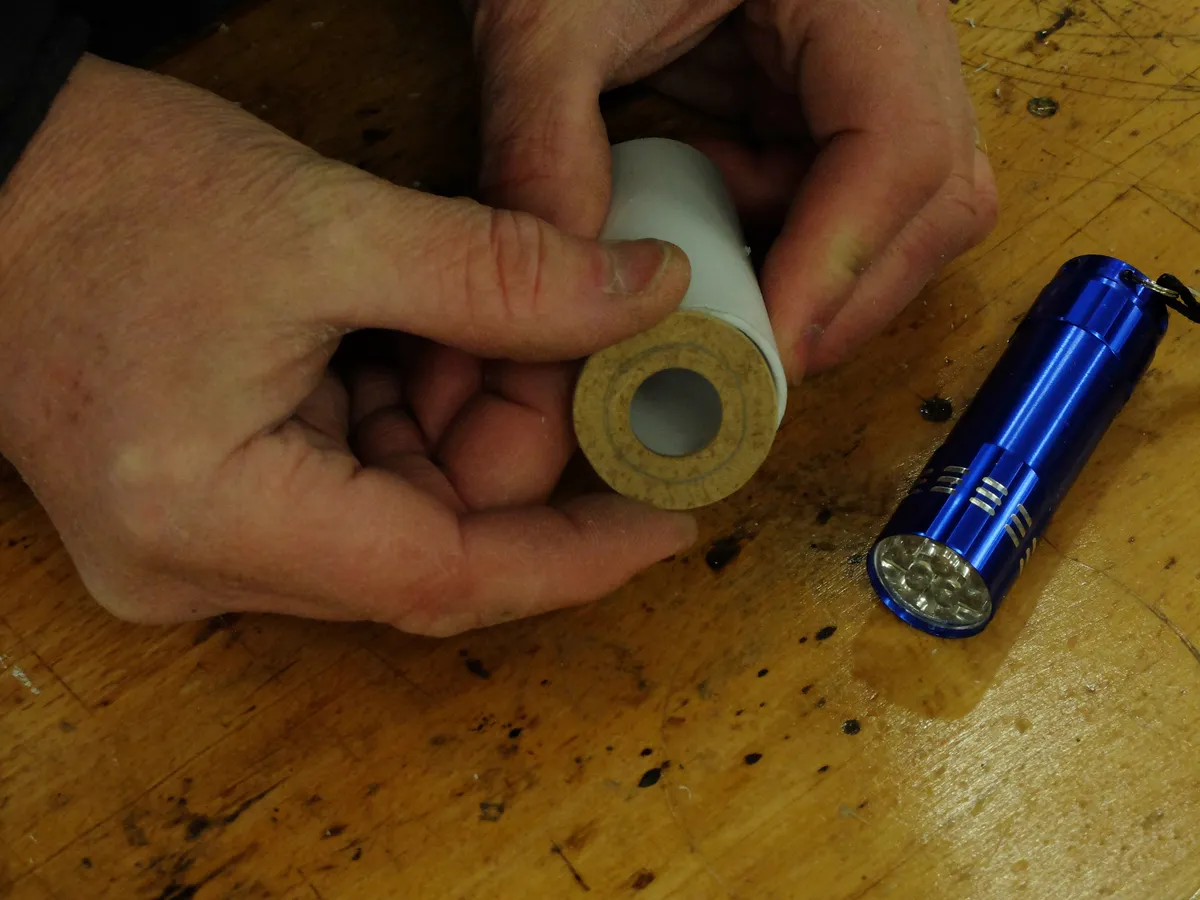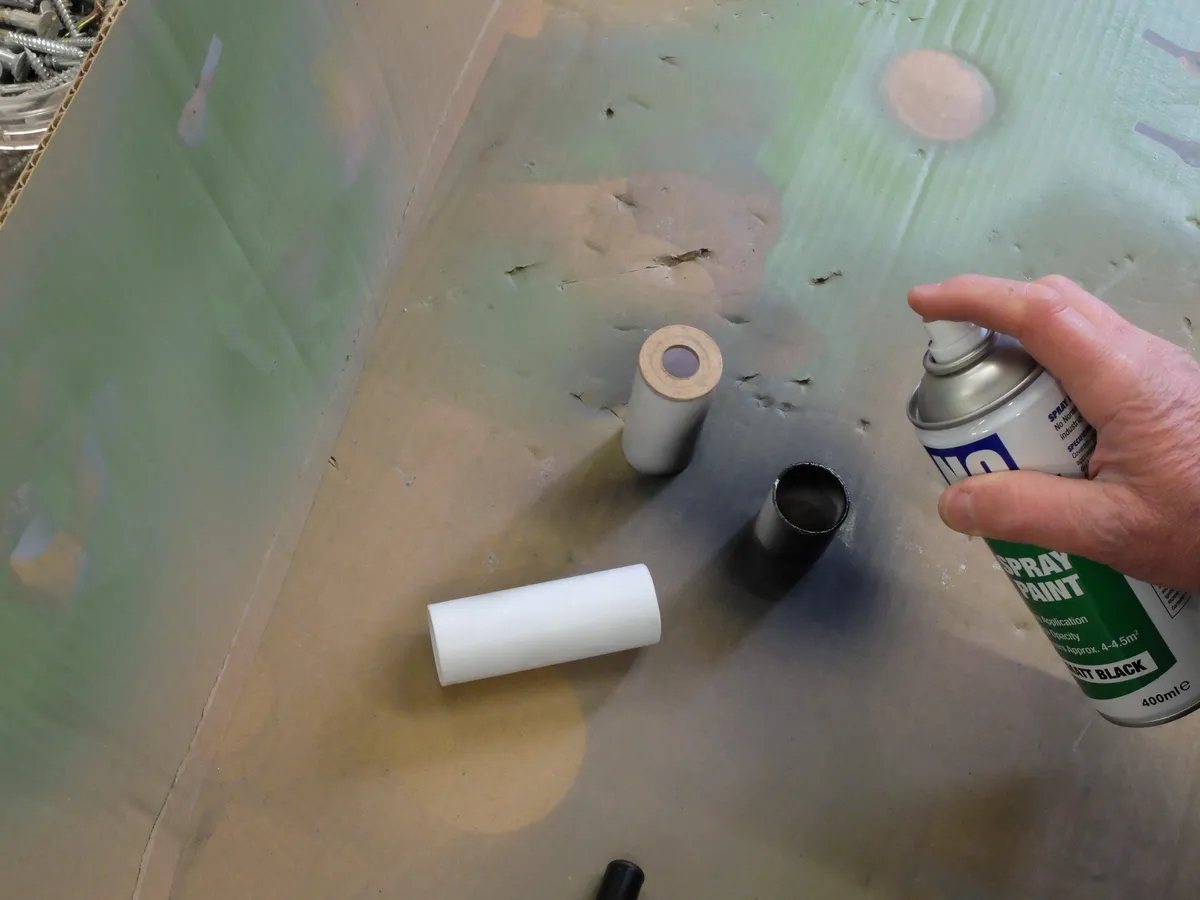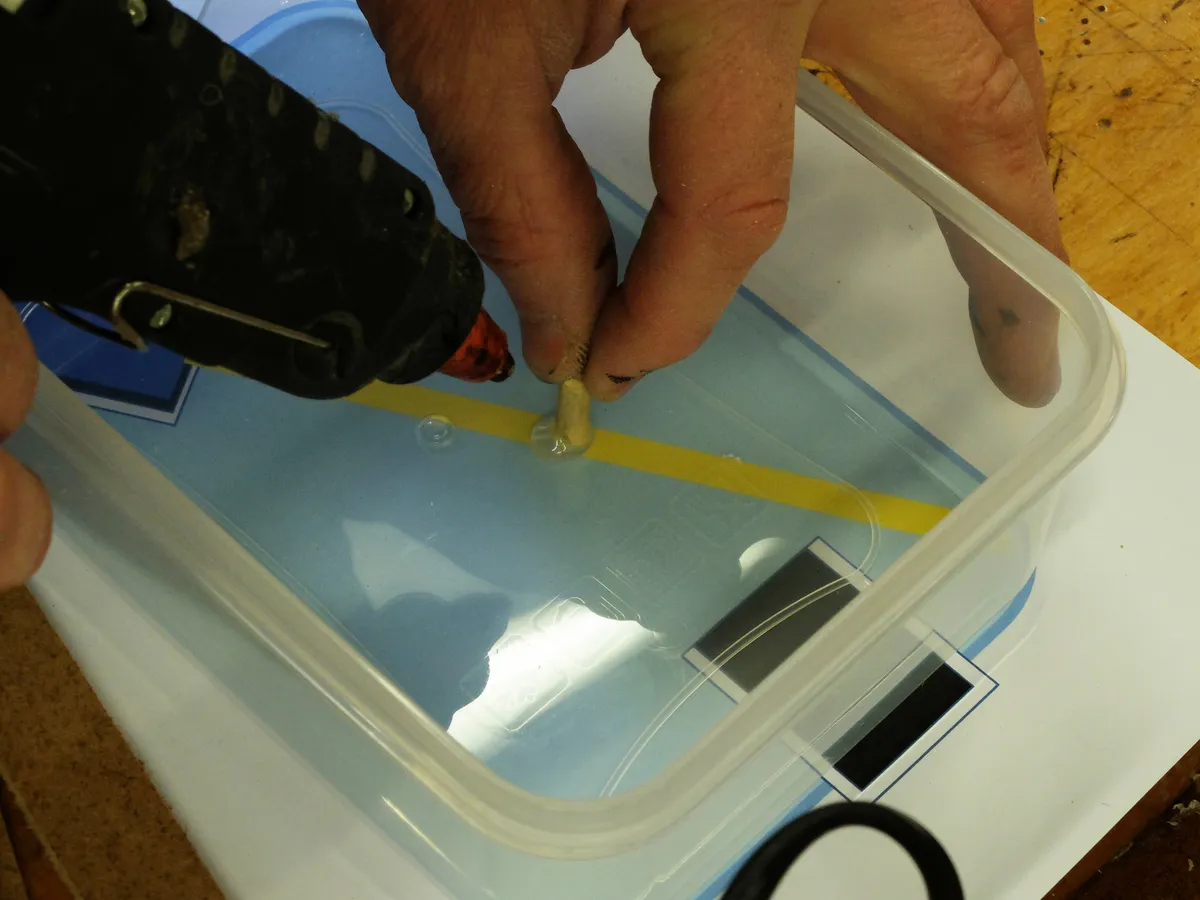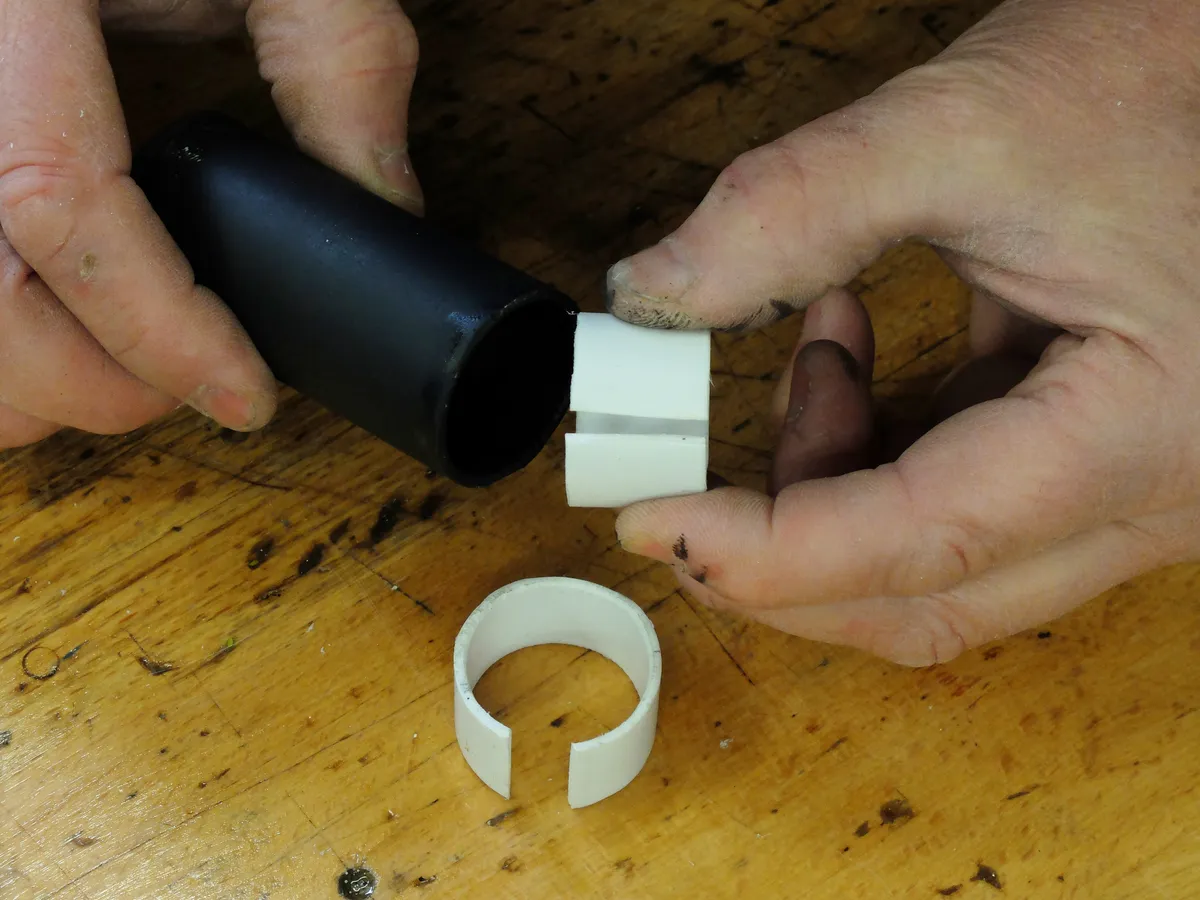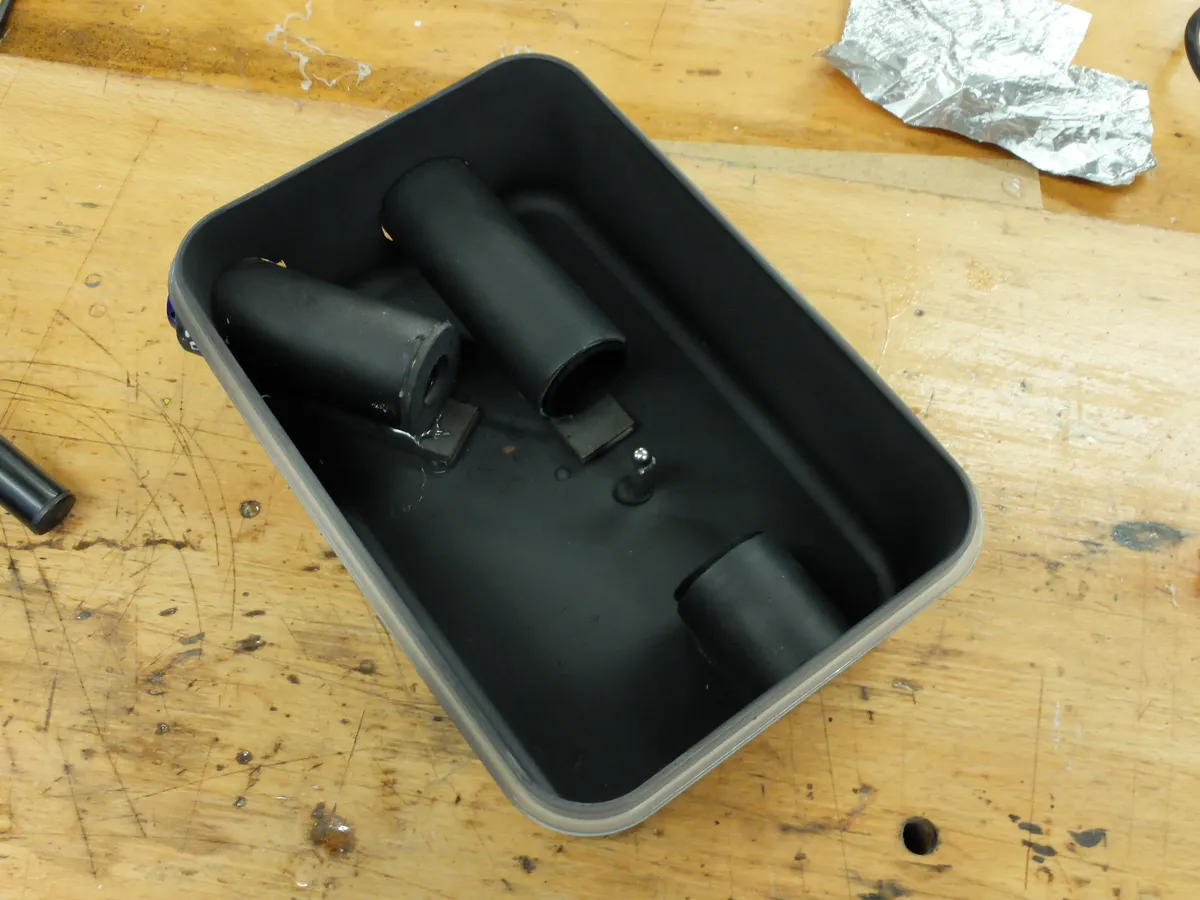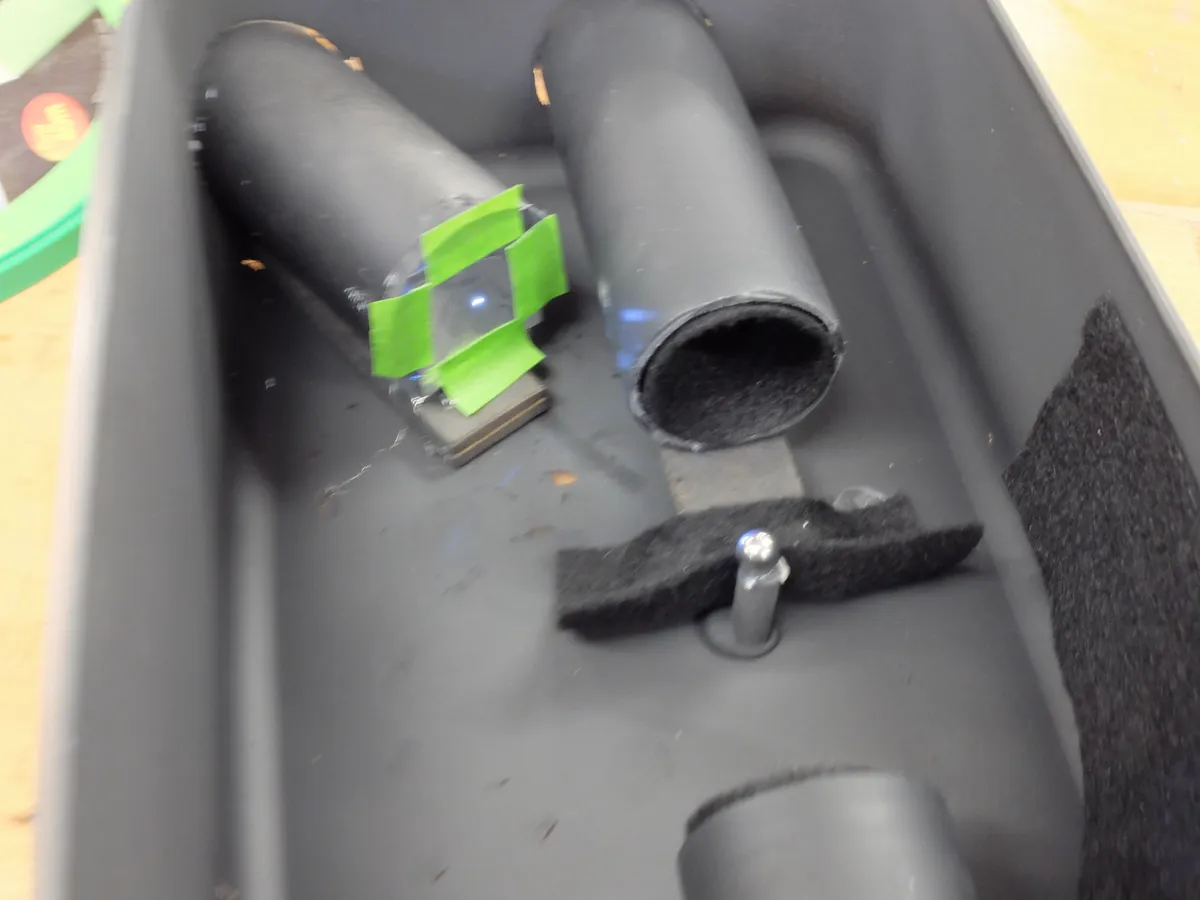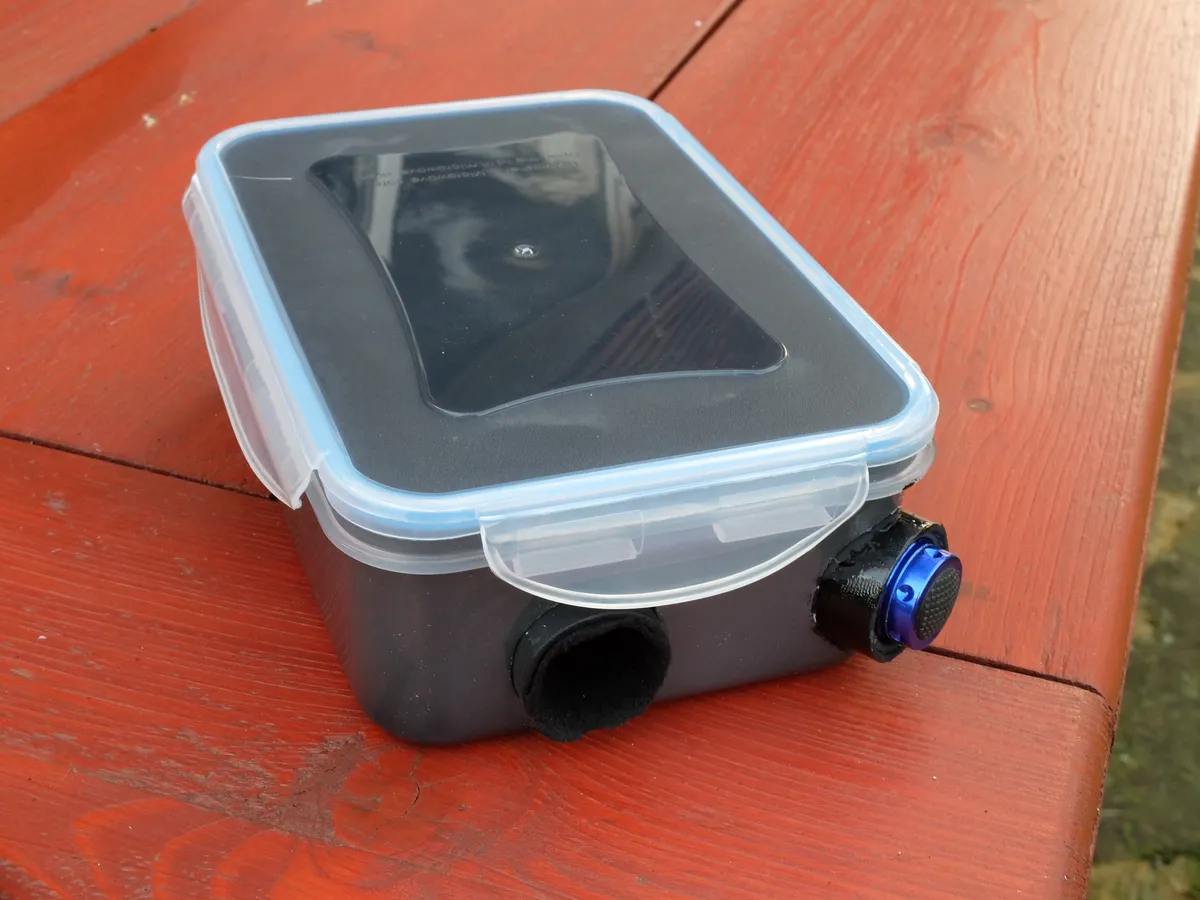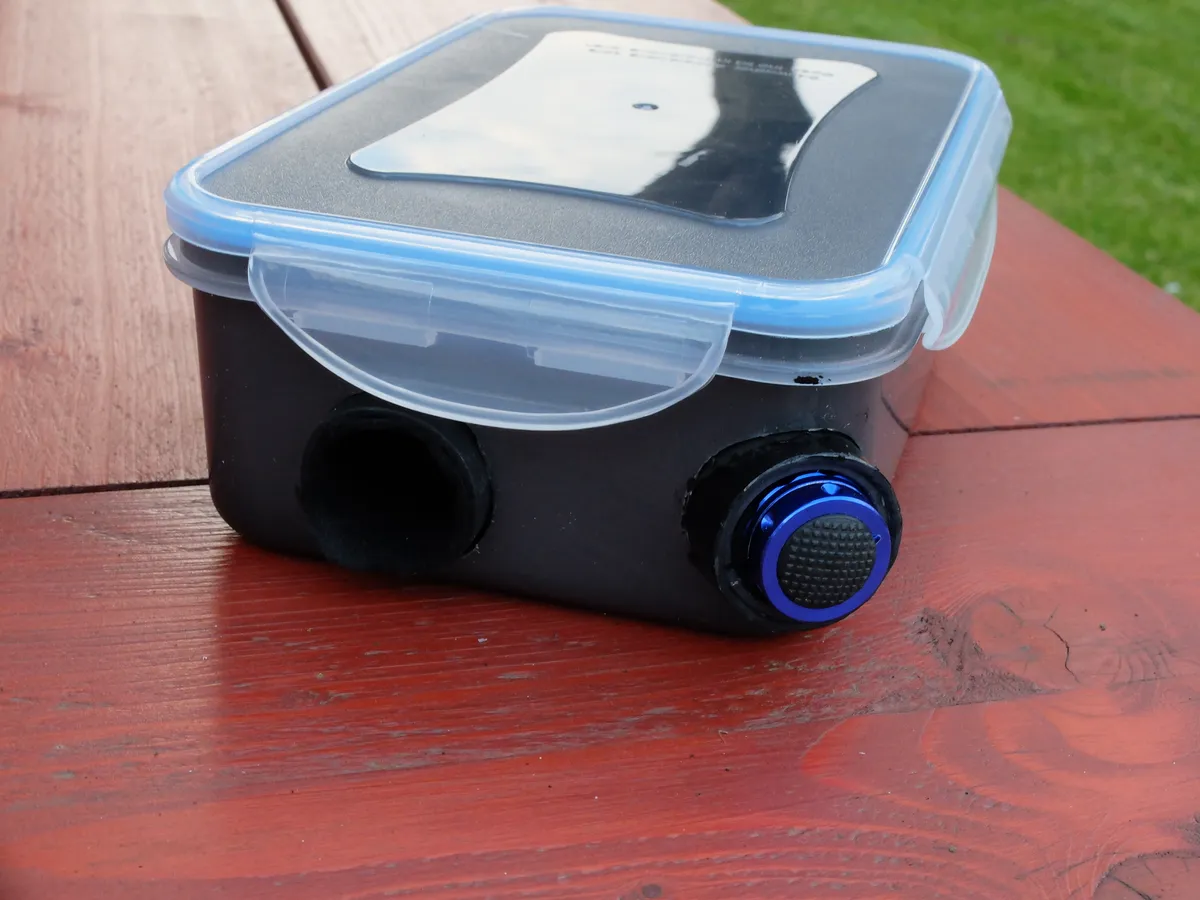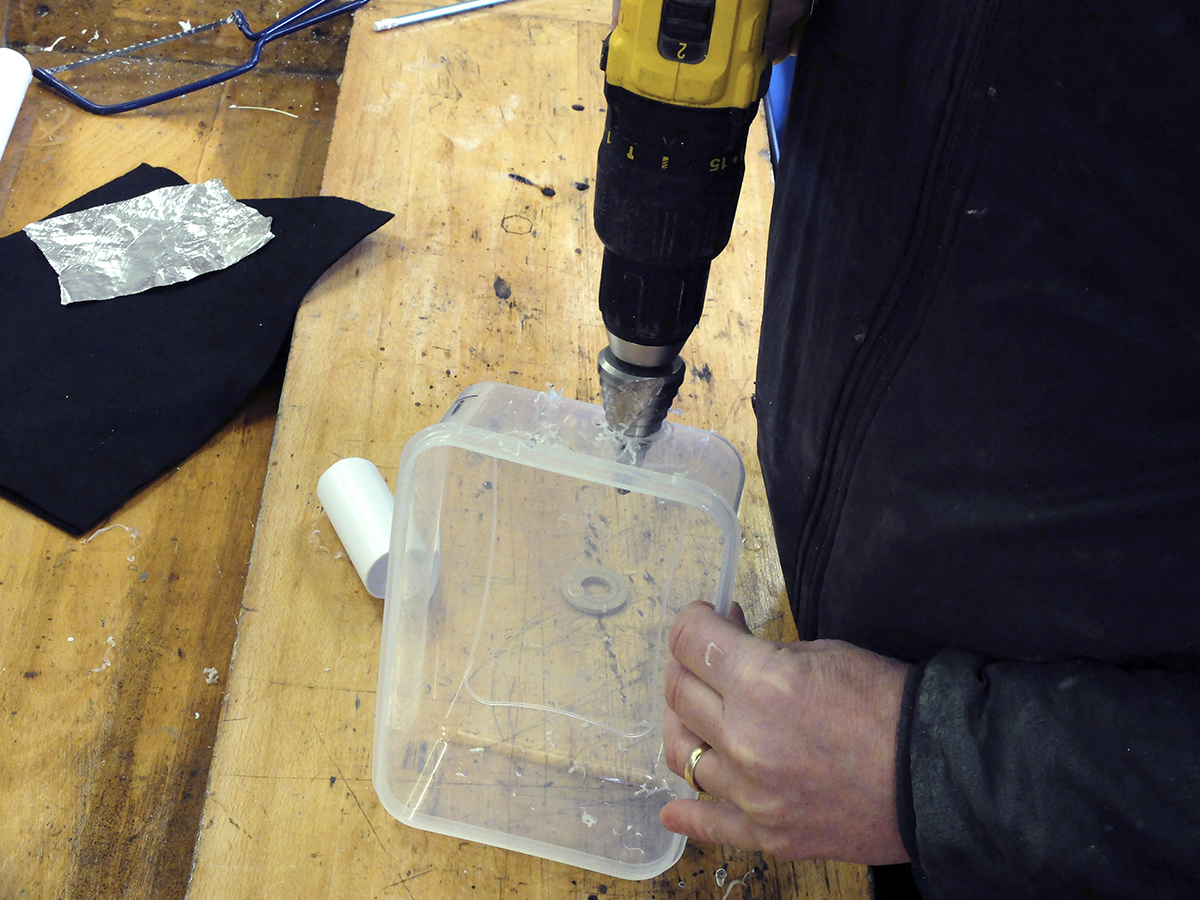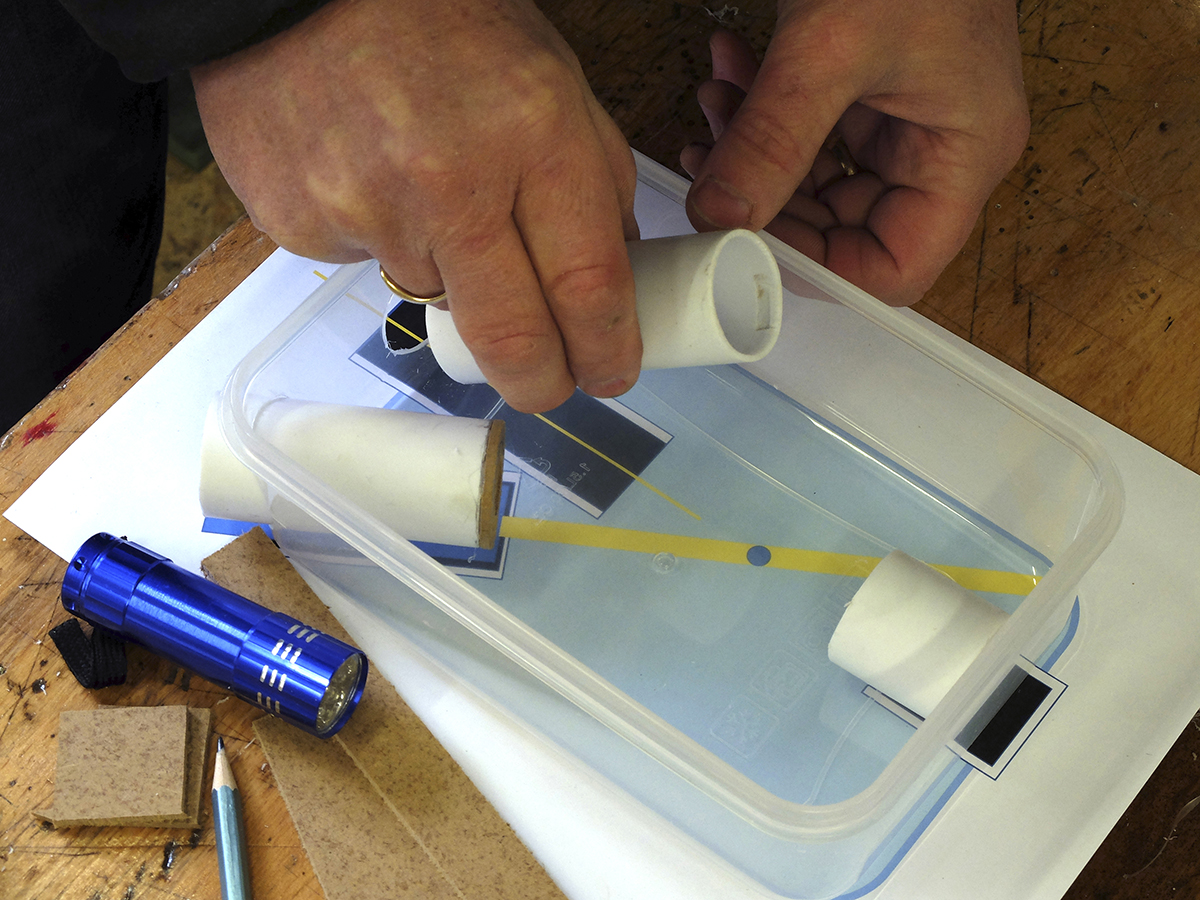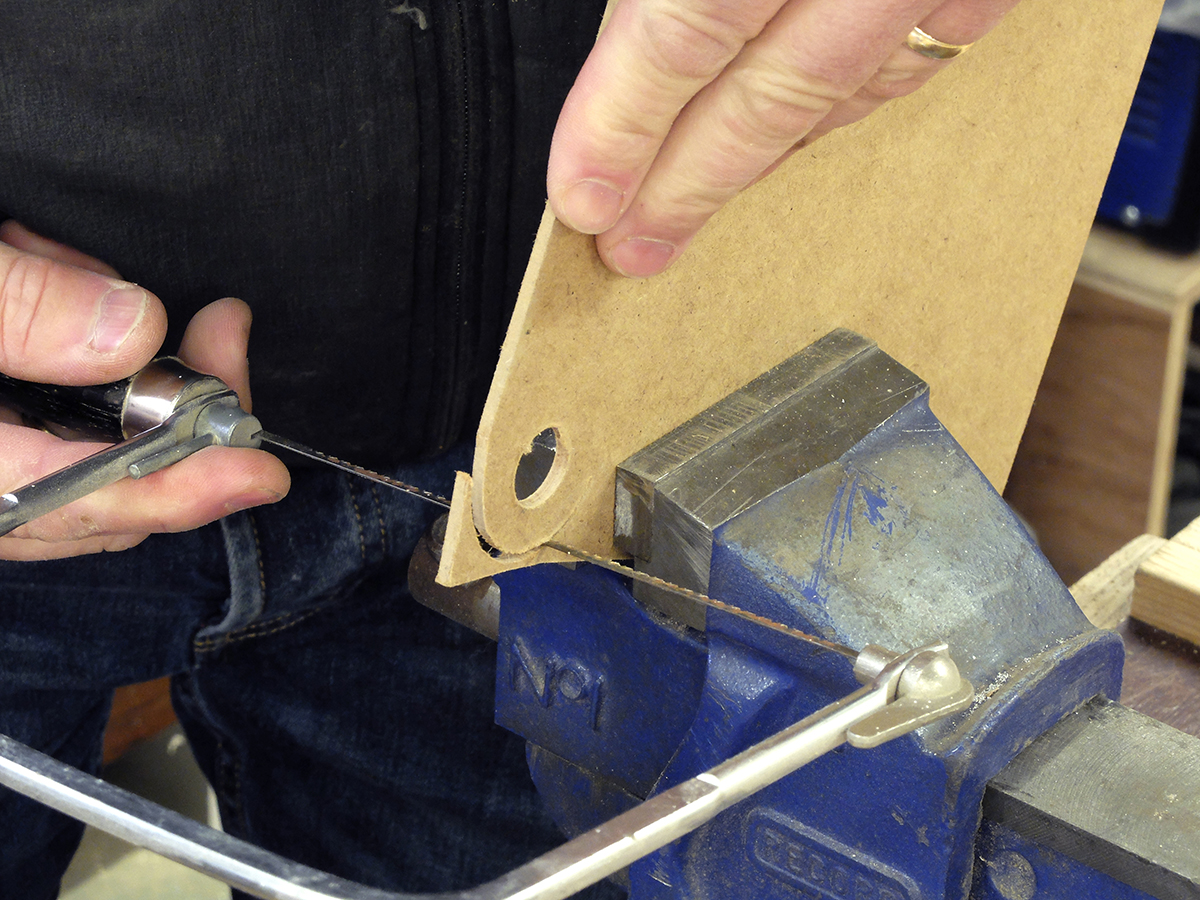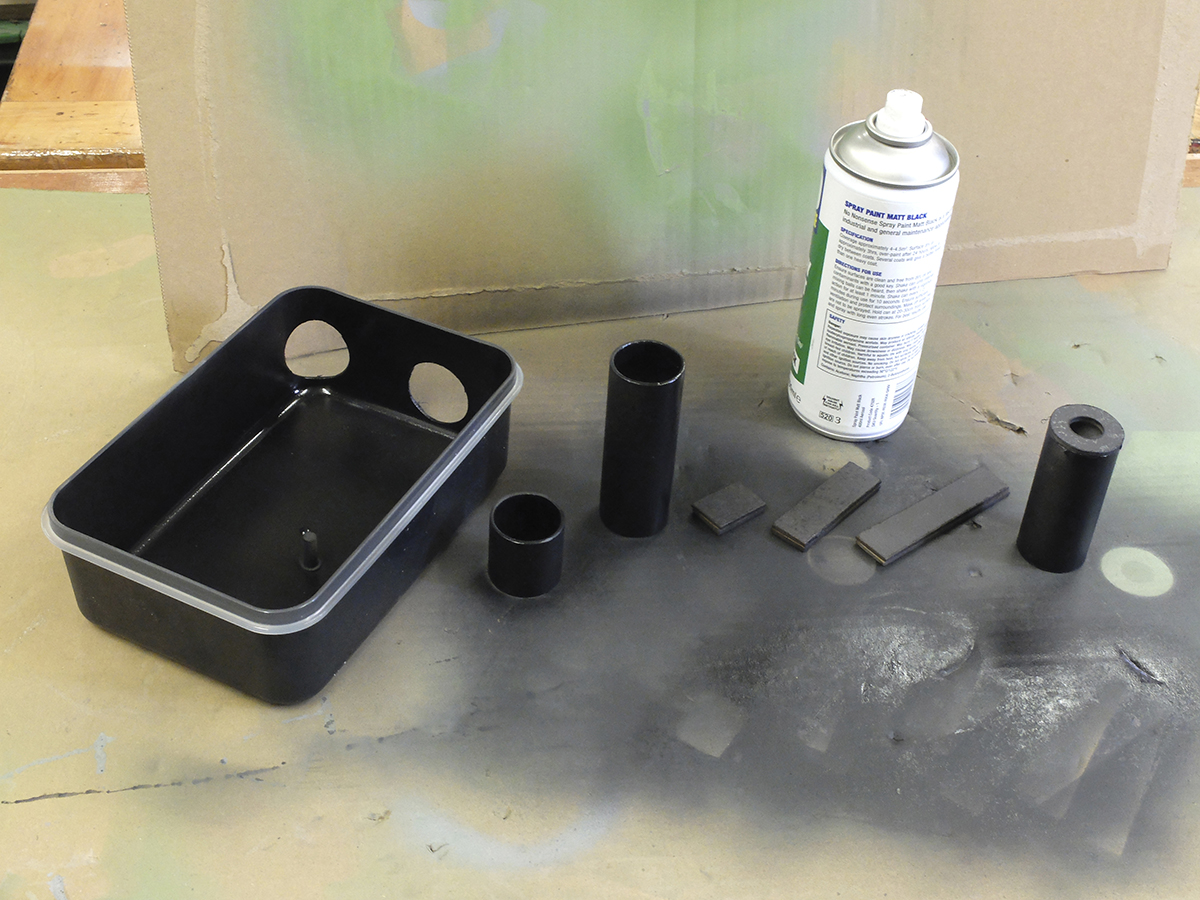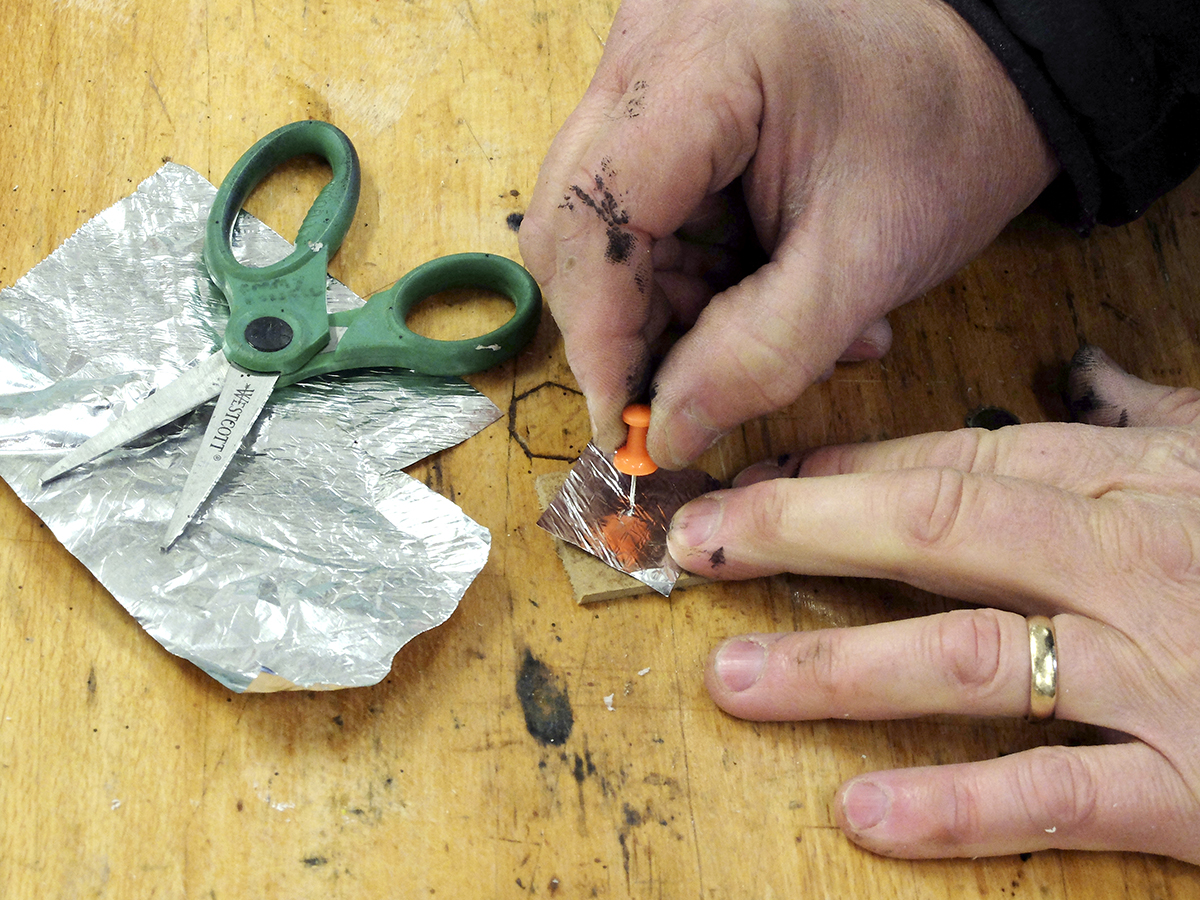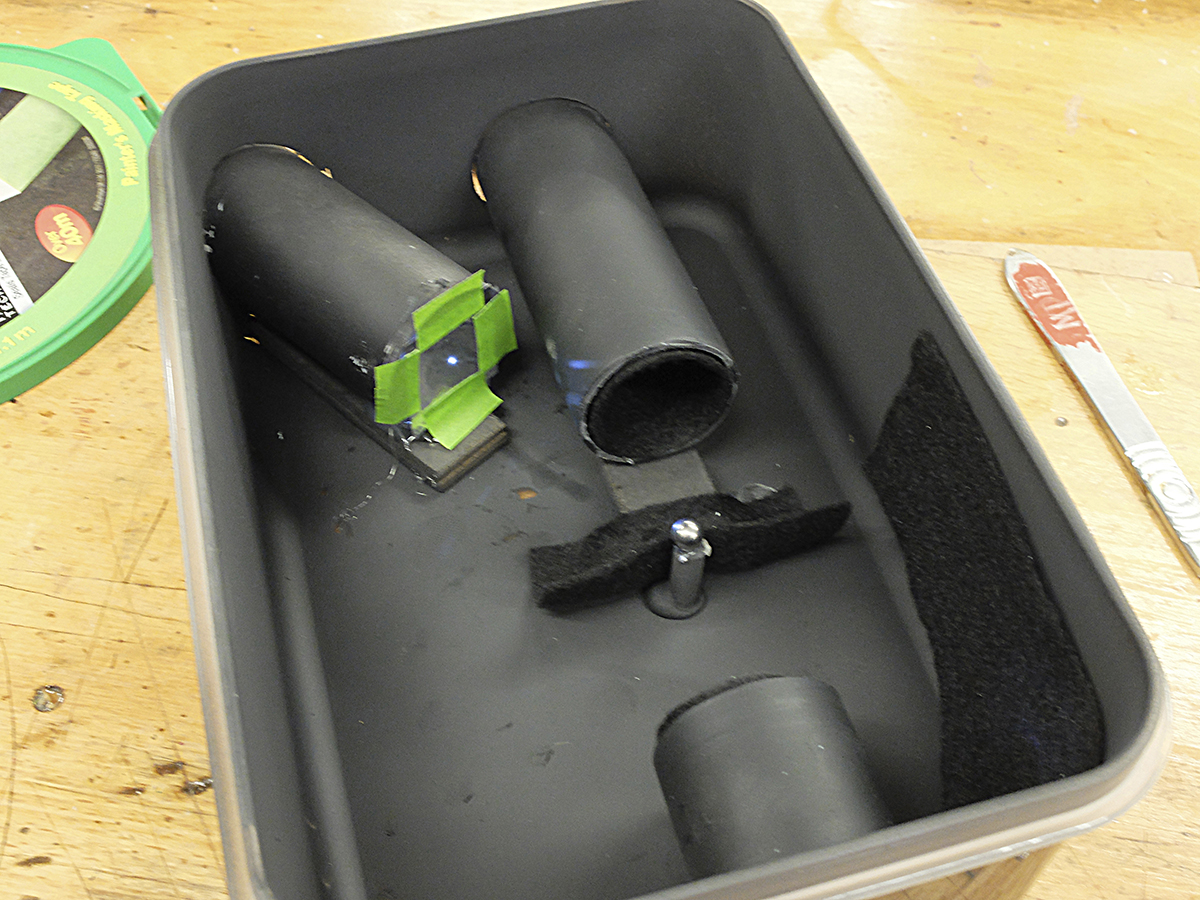An artificial star is a bright, pinpoint source of light, resembling a real star in the night sky – that can be used to test the alignment and quality of your telescopes and camera lenses.
Real stars work perfectly for this sort of testing, but with an artificial star you can test your equipment whenever you like, including the daytime, saving the best nights for observing!
Our ‘star’ is produced by shining an LED torch through aluminium foil with a tiny pinhole in it.
The illuminated pinhole is reflected in a shiny ball bearing, which improves the star effect and means that the artificial star and telescope don’t need to be perfectly aligned.
All the components are protected inside a robust box lined with black felt to absorb any stray light.
Find more DIY astronomy projects
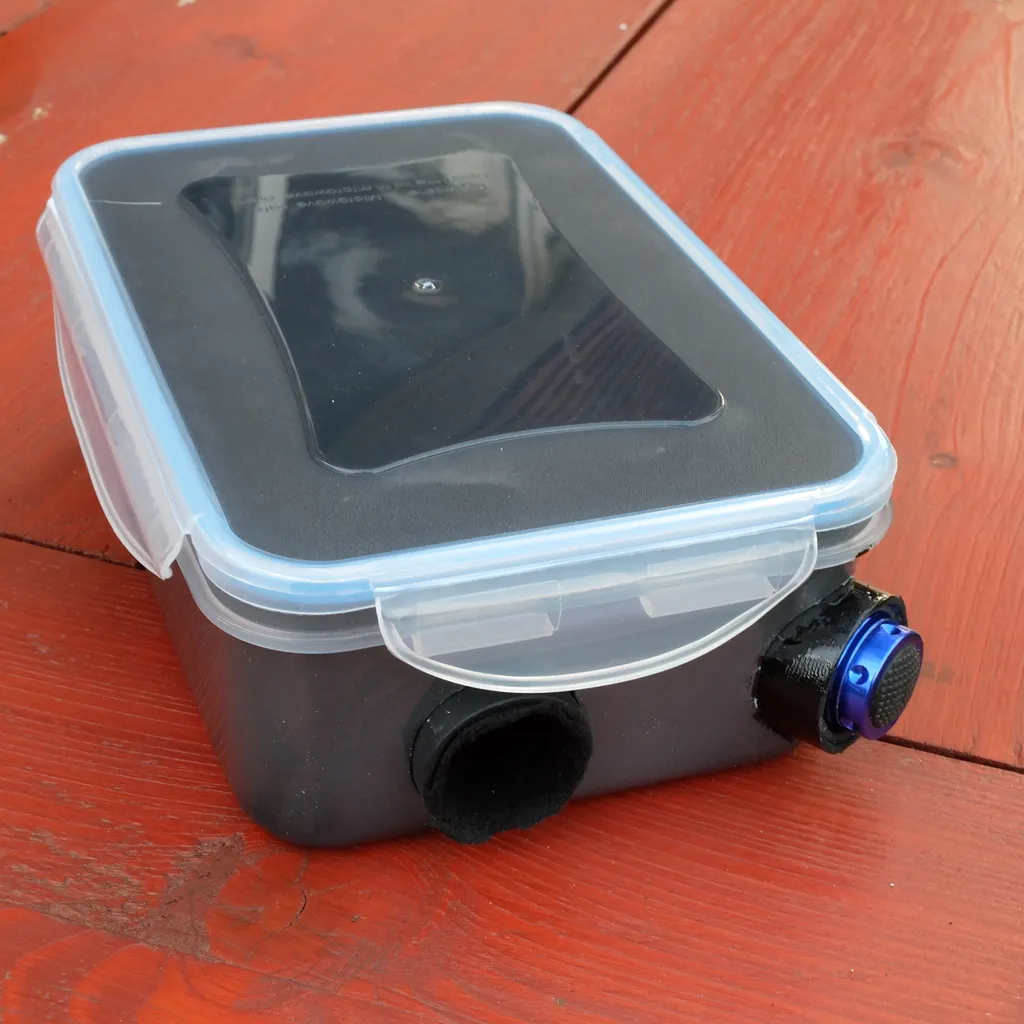
In use, the box is placed at a suitable distance from the telescope.
Some experimentation with the pinhole’s size is recommended; smaller holes work best, but larger holes are brighter.
When the artificial star is viewed through a well-focused telescope, the image should be bright and sharp.
If the optical elements are misaligned or low-quality, the star may not be circular or focused.
If you slightly defocus the image, a series of normally concentric diffraction rings (called Airy discs) appear.
These rings provide an enhanced indication of any problems with your setup. You can usually adjust (collimate) your telescope to correct a misalignment, making the rings concentric.
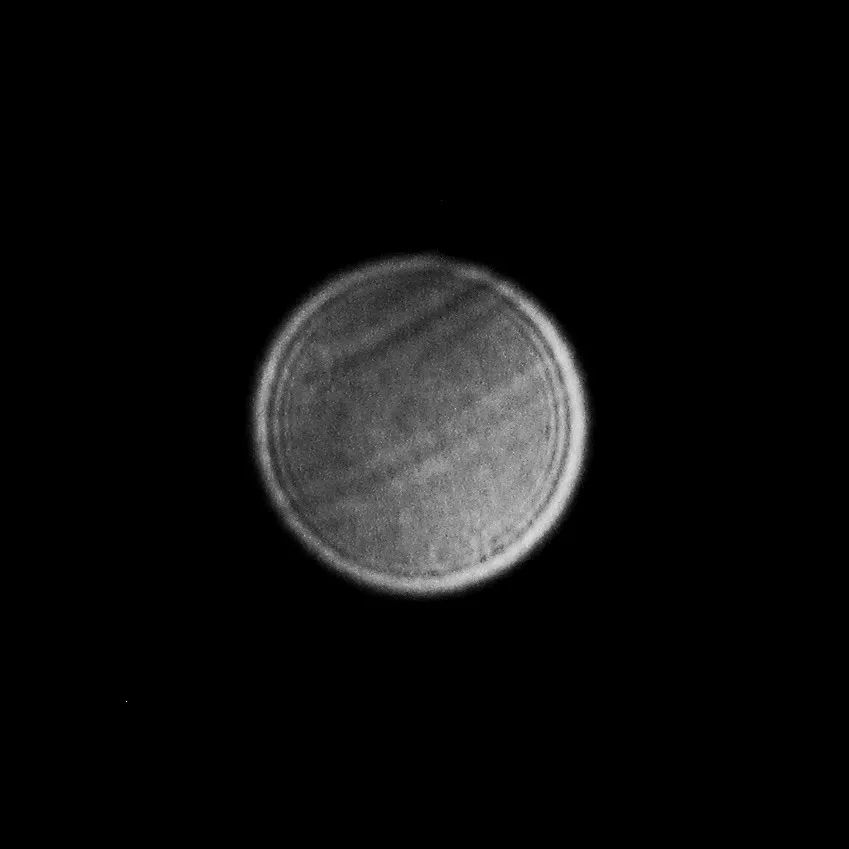
There are also ways to mitigate against some of the problems seen with cheaper optics.
For a useful introduction to collimating and star testing, read our guide on how to star-test a telescope.
If the elements of a camera lens are not of the highest quality or design, some colours of light may not focus together on the same point, causing blurry purple fringes around stars.
By taking a series of images of a well-focused artificial star and varying the exposure settings (increasing aperture and reducing speed by one stop each time), you should be able to gauge which is the lens’s widest useable aperture for astrophotography.
To properly star test your telescope with the artificial star, place it a minimum of 25 times the focal length of your telescope away.
For a 200mm f/10 telescope that would be 200 x 10 x 25 = 50 metres away, but if you just want to collimate it you can place the ‘star’ much closer.
The limiting factor is then how close an object can be while you can maintain focus on it.
Equipment
- Hand drill and bits – one suitable for the tube diameter and one approximately 12mm for the aperture
- Coping saw, scissors, craft knife, pencil, hot glue gun, pin
- Sturdy plastic lunch box, small LED torch with a switch on the end, PVC or cardboard tube just wide enough to fit the torch
- Offcuts of card or board for aperture and packing
- Black felt, aluminium foil, matt black spray paint
- Shiny ball bearing (8mm or so), short dowel
Extra materials
Use our extra plans and images to help with this project.
